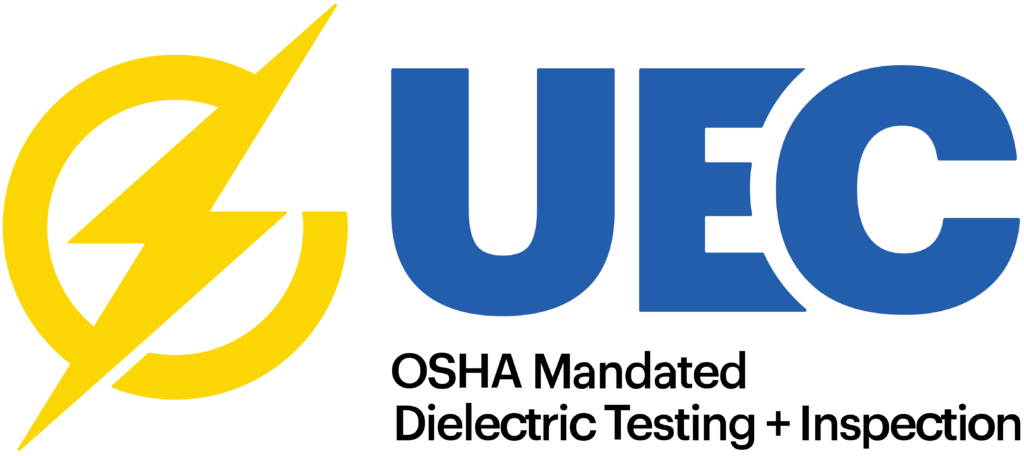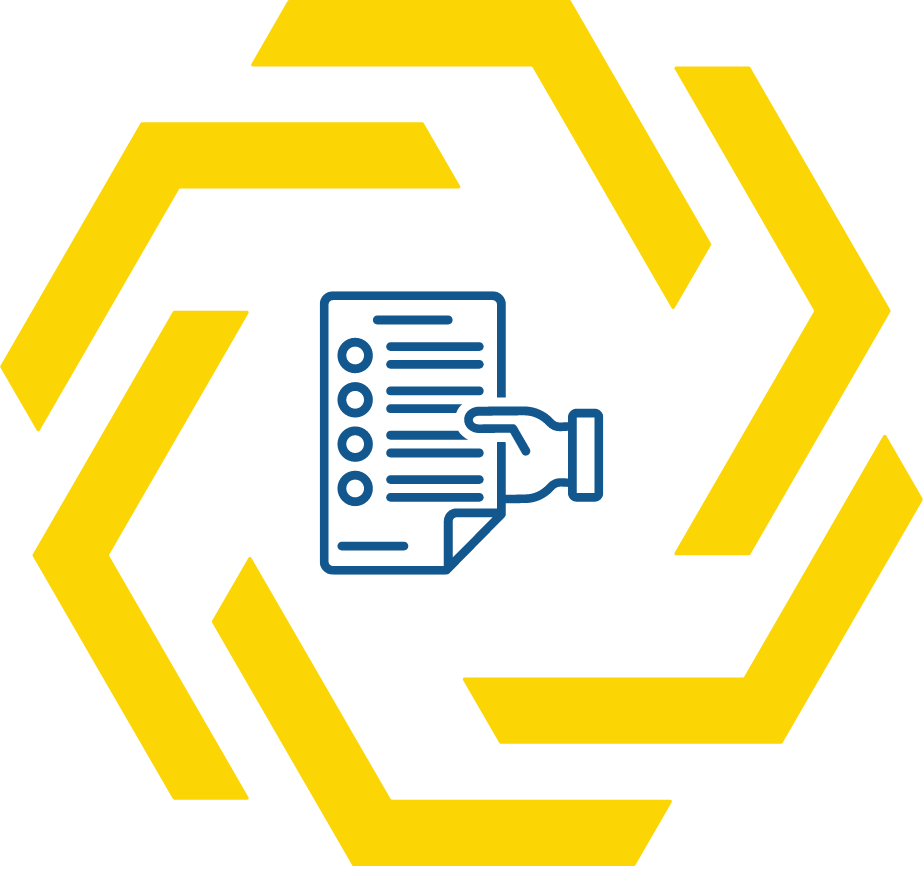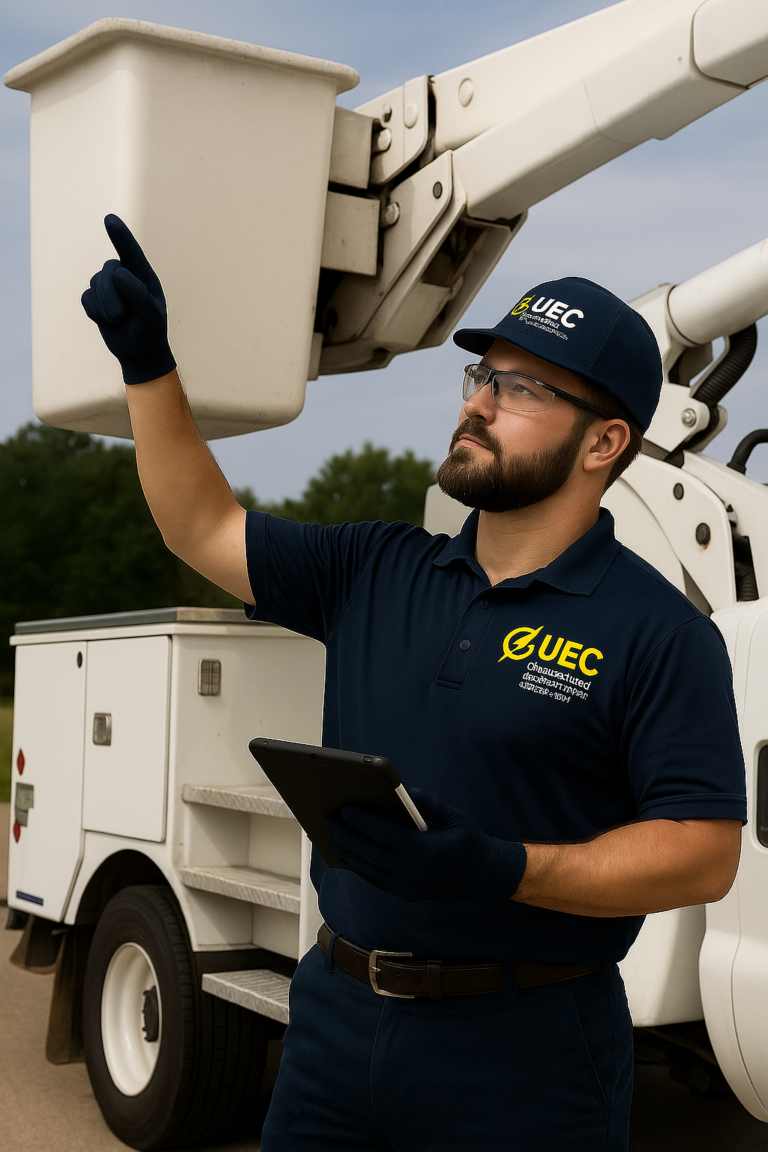Maintaining aerial lifts in safe working condition is essential for reducing costly repairs and downtime. Proper preparation and adherence to ANSI inspections can play a critical role in ensuring safety and efficiency.
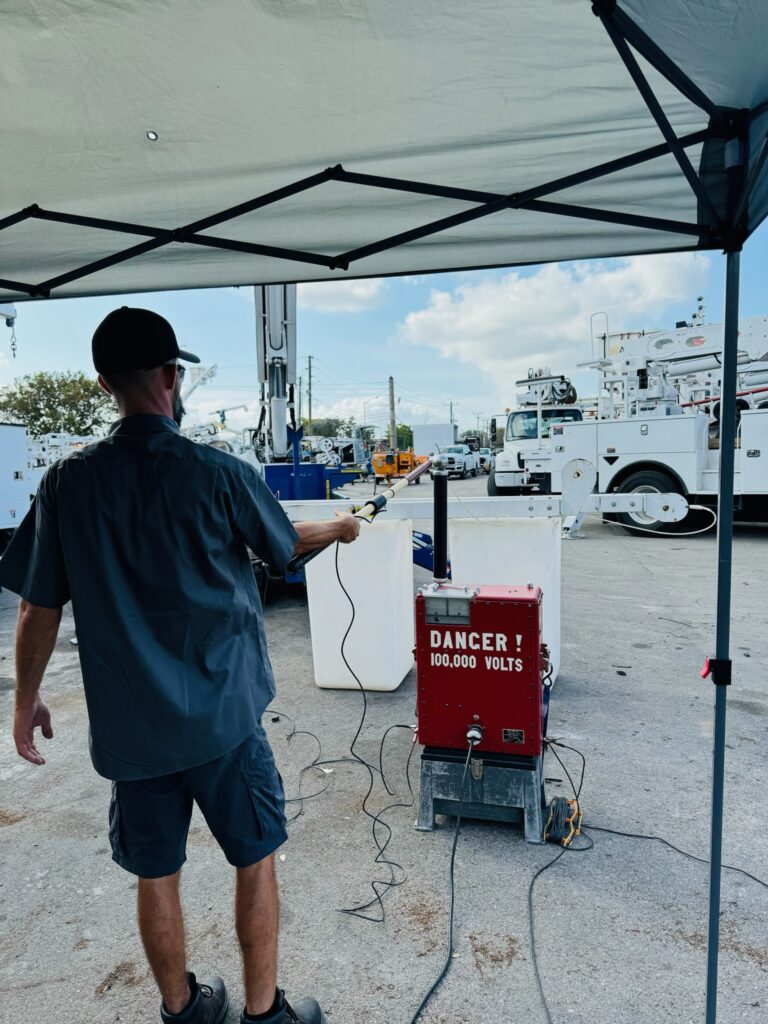
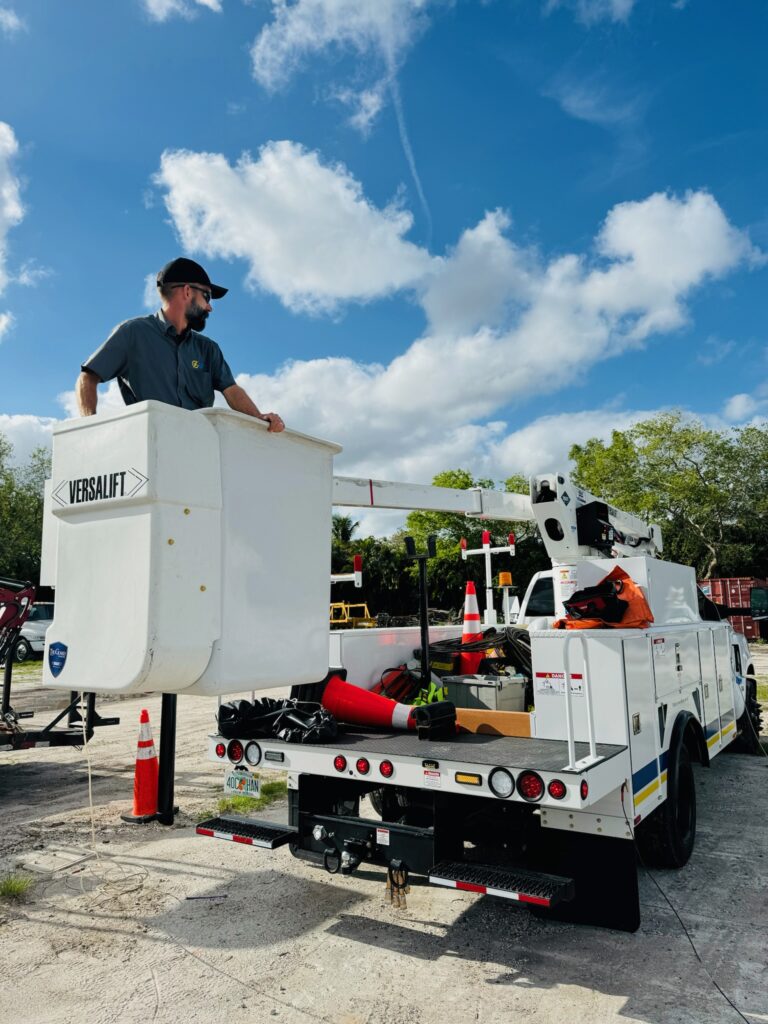
The Versatility of Aerial Lift Equipment
Whether it’s bucket trucks, mobile cranes, digger derricks, or knuckle booms, these specialized vehicles equipped with hydraulic lifts are invaluable tools. They allow utility workers to reach high transmission lines, digger derricks to excavate and transport materials, and other professionals to safely access challenging locations—even exceeding heights of 100 feet in some cases.
Despite their advantages, safe operation of both the equipment and the operator is paramount to avoid serious and potentially fatal consequences.
👉 Keep your team safe and your equipment compliant—schedule an ANSI inspection today with Utility Equipment Consultants!
Why ANSI Inspections Are Crucial
Frequent preventive maintenance and periodic inspections are non-negotiable for these vehicles. While most commercial trucks require DOT certifications, specialized aerial equipment demands additional scrutiny. This is where ANSI inspections come into play.
Standards for Aerial Lifts – OSHA & ANSI
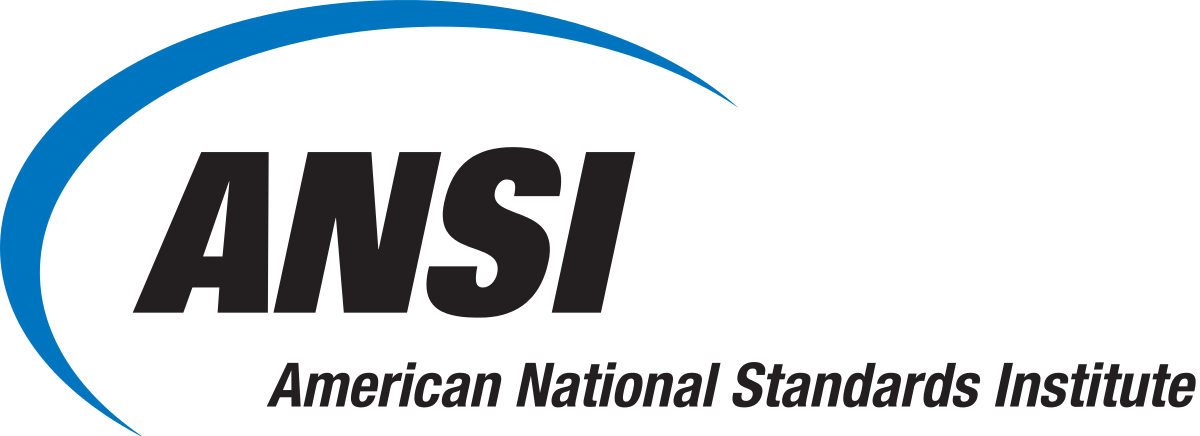
ANSI standards serve as “voluntary recommended practices,” but OSHA frequently references them, making compliance essential across industries. Inspections must be performed at specific intervals to ensure safety and avoid penalties.
👉 Need help navigating OSHA and ANSI requirements? Contact us for expert guidance!
Types of ANSI Inspections
Frequent Inspections
ANSI/SIA A92.5 and A92.6 require inspections every 3 months or 150 work hours, whichever comes first. Owners must monitor vehicle workload closely to adhere to this schedule.
Annual Inspections
ANSI/SIA A92 standards dictate that annual inspections be conducted no later than 13 months after the last one. These must be performed by certified technicians who are qualified to assess the specific type of aerial platform.
👉 Stay compliant with ease—book your ANSI inspections now!
WHAT IS INCLUDED IN AN ANSI INSPECTION?
It is the truck owner’s responsibility to ensure the personnel operating their equipment are trained properly, and this includes understanding what goes into the various inspections. The inspection criteria differ according to if it is a daily pre-use inspection, a “frequent” inspection because the truck has over 150 work hours since it was last inspected, etc.
The annual ANSI inspection is the most comprehensive and has slight variations depending on the type of aerial lift. A certified technician will conduct a review of the major components of the aerial lift and produce a report of their findings based on severity. Any defects must be remedied before a passing certification will be issued. Let’s take a look at some of the major components of an annual ANSI inspection.
STRUCTURAL TESTS
Structural tests require a complete visual inspection of accessible areas, including the removal of cover plates as necessary to do a thorough job, such as:
- Outriggers: pads, structure, welds, bolts, hoses, cylinders, valves, pins, and retainers
- Rotation bearing: upper and lower bearing attachment weld and bolts, vertical movement of bearing, and proper torque on accessible bolts
- Platform (bucket): mounting bracket bolts, leveling system, exterior condition, control operation, and hydraulic lines and components
- General: load rating chart, electrical hazards placard, MADDDC placards, and upper or lower control operation placards
Structural tests may also include acoustic emission tests to assess the integrity of the fiberglass and steel structure, magnetic particle inspections to identify surface cracks on ferrous metals, and torque testing all critical fasteners, among others.
FUNCTIONAL AND OPERATIONAL TESTS
These tests center on the proper operation of controls, bearings, pins, bushings, cylinders, outriggers, etc. and also pinpoints worn swing bearings or gearboxes, worn pins or bushings, and any loose fasteners.
DIELECTRIC TEST
As specified by ANSI standards, the dielectric test verifies the electrical insulating strength in the FRP upper and lower booms, bucket, liners, FRP extensions on digger derricks, tool circuits, and upper control system.
Preparing for ANSI Inspections
- Daily Pre-Use Checks
Equip your team with proper training and easy-to-follow templates for consistent pre-use inspections. - Track Equipment Usage
Monitor operating hours closely to ensure timely inspections for each vehicle in your fleet. - Plan Around Operations
Schedule inspections during low-use periods to minimize downtime and keep your projects on track. - Preventive Maintenance
Address recurring issues like leaks or worn hoses before they escalate, ensuring smoother inspections and extended equipment life.
Why Trust Utility Equipment Consultants?
With extensive experience inspecting, maintaining, and repairing a wide range of aerial lift vehicles, Utility Equipment Consultants ensures your fleet stays compliant and your team remains safe. From scheduling around your operations to providing expert preventive maintenance, we’re here to help you avoid unnecessary downtime and costly repairs.
